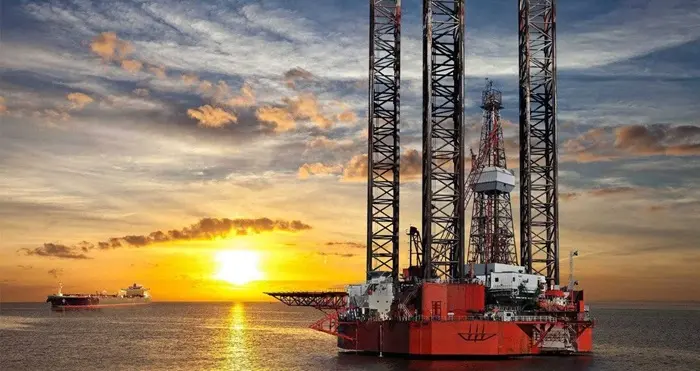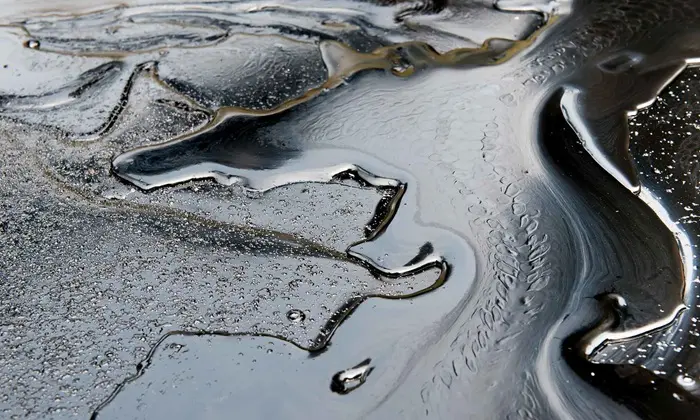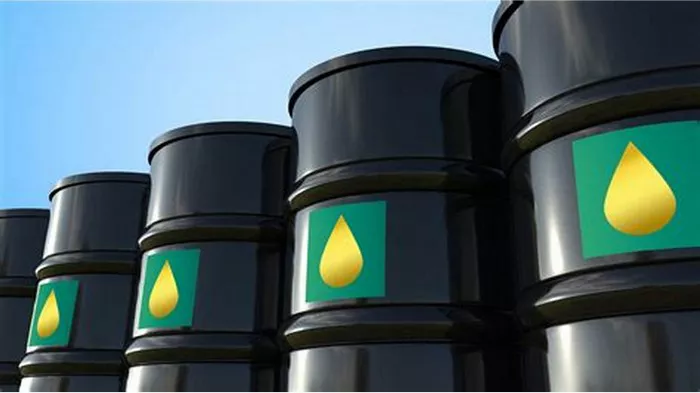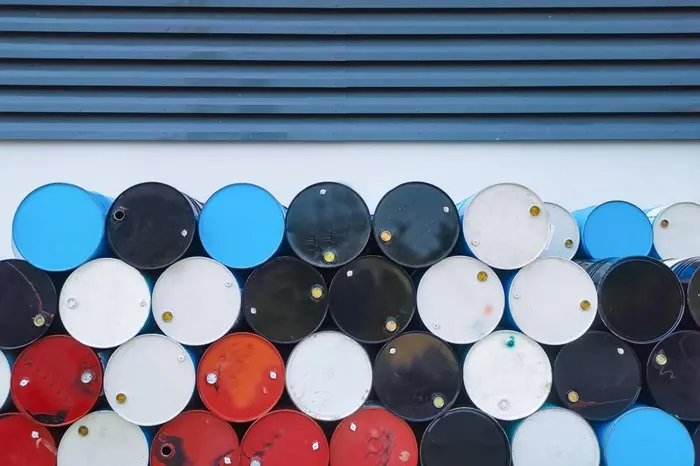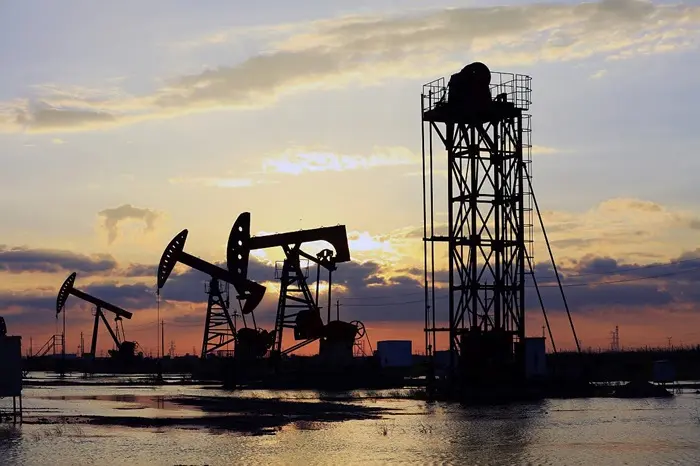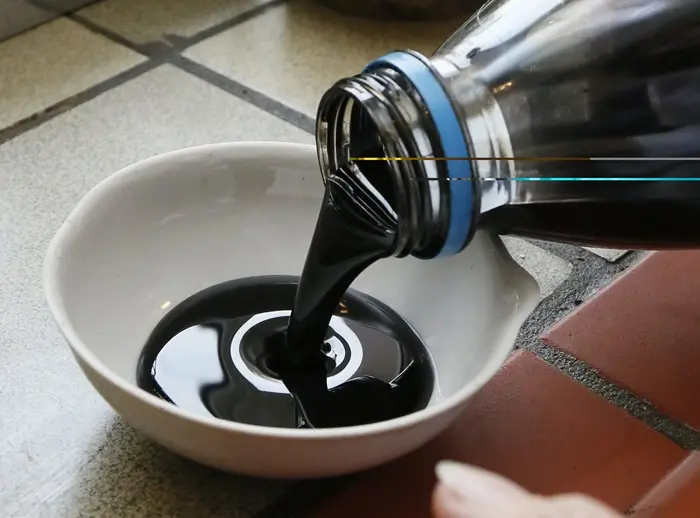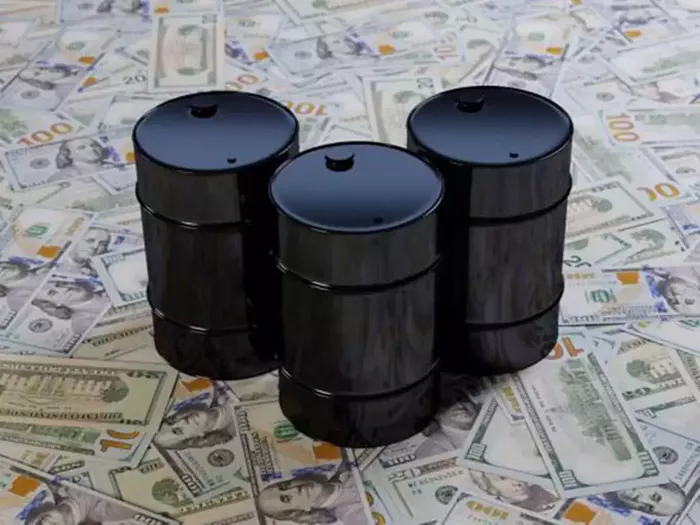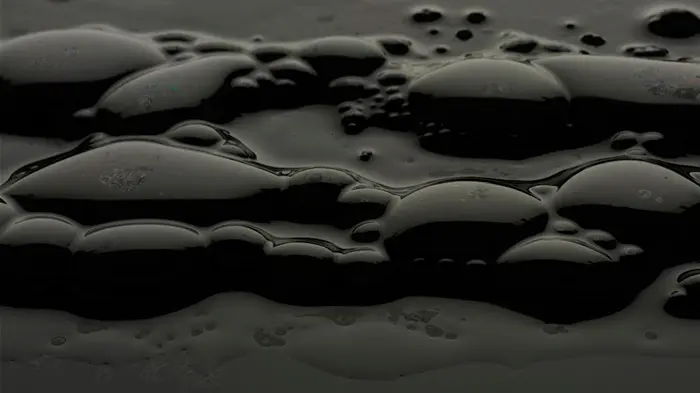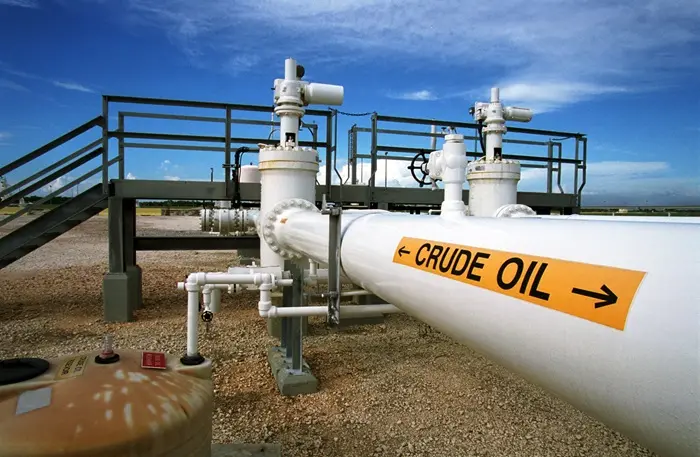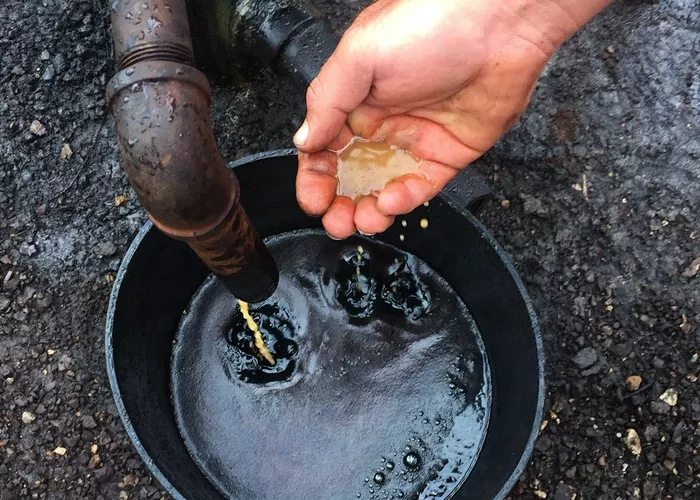Refining crude oil is a complex process that transforms raw petroleum into valuable products like gasoline, diesel, and jet fuel. The refining process is essential for producing usable fuels and chemicals from the crude oil extracted from the ground. This article provides a detailed look at the three primary steps involved in refining crude oil: distillation, conversion, and treatment. Each step plays a crucial role in producing high-quality refined products while ensuring efficiency and safety.
Understanding Crude Oil Refining
Crude oil refining involves separating and transforming the various components of crude oil into different products. The refining process is crucial for meeting the diverse needs of consumers and industries.
What Is Crude Oil Refining?
Crude oil refining is the process of converting raw crude oil into usable products. The process involves separating the oil into different fractions, converting these fractions into more valuable products, and treating the products to meet quality standards. Refining ensures that crude oil is transformed into fuels, lubricants, and raw materials for various industries.
Importance of Refining Crude Oil
Refining is essential for producing fuels like gasoline and diesel, which power vehicles and machinery. It also generates various chemicals and materials used in manufacturing, construction, and other sectors. Efficient refining processes help meet global energy demands and contribute to economic growth.
The Three Steps in Refining Crude Oil
The refining process consists of three main steps: distillation, conversion, and treatment. Each step has a specific purpose and involves distinct processes and technologies.
1. Distillation
Distillation is the first and fundamental step in refining crude oil. It involves separating the crude oil into different fractions based on their boiling points.
Atmospheric Distillation
Process Overview: Atmospheric distillation is the initial stage of distillation. The crude oil is heated in a furnace to a high temperature, causing it to vaporize. The vapor is then passed into a distillation column, where it is separated into different fractions.
Fractionation: In the distillation column, the vapor rises through a series of trays or packing material. As the vapor cools, different components condense at different heights in the column, forming various fractions. Each fraction corresponds to a specific boiling range and includes products like gasoline, kerosene, and diesel.
Products: The main products of atmospheric distillation include lighter fractions such as naphtha (used for gasoline) and heavier fractions such as diesel and gas oil. Residuum, the heaviest fraction, remains at the bottom of the column and can be further processed.
Vacuum Distillation
Process Overview: Vacuum distillation is used to process the heavier fractions obtained from atmospheric distillation. The process occurs under reduced pressure, which lowers the boiling points of the components, allowing the separation of heavier fractions without excessive heat.
Purpose: Vacuum distillation is essential for extracting valuable products from the residuum left after atmospheric distillation. It helps in producing additional lighter products and feeds for further processing.
Products: The products of vacuum distillation include heavy gas oils, which are used in catalytic cracking or hydrocracking, and vacuum residue, which can be further processed or used as a feedstock for other products.
See Also: 4 Steps to Extract Crude Oil
2. Conversion
Conversion processes transform the separated fractions into more valuable products by altering their chemical structures. This step enhances the quality and yield of refined products.
Cracking
Process Overview: Cracking is a process that breaks down large, heavy hydrocarbons into smaller, more valuable molecules. There are two main types of cracking: catalytic cracking and hydrocracking.
Catalytic Cracking: In catalytic cracking, heavy feedstocks are heated in the presence of a catalyst to break down large molecules into lighter products such as gasoline and diesel. The catalyst accelerates the chemical reactions and improves efficiency.
Hydrocracking: Hydrocracking involves the use of hydrogen and a catalyst to break down heavy hydrocarbons. This process produces high-quality products and can handle a broader range of feedstocks.
Products: The primary products of cracking include gasoline, diesel, and jet fuel. These products are more valuable and in higher demand compared to the original feedstocks.
Reforming
Process Overview: Reforming is a process that modifies the molecular structure of hydrocarbons to improve the quality of gasoline. The process involves the use of a catalyst and high temperatures to convert naphtha into higher-octane components.
Types of Reforming: There are different types of reforming processes, including catalytic reforming and thermal reforming. Catalytic reforming is the most common method used in modern refineries.
Products: Reforming produces high-octane gasoline components, which enhance the performance and efficiency of fuels. It also generates by-products such as hydrogen, which can be used in other processes.
Alkylation
Process Overview: Alkylation is a process that combines small molecules to form larger, more valuable molecules. This process uses a catalyst to react olefins (such as propylene and butylene) with isobutane to produce high-octane gasoline components.
Purpose: Alkylation improves the quality of gasoline by increasing its octane rating and reducing the presence of undesirable components.
Products: The primary product of alkylation is alkylate, a high-octane gasoline component used to enhance the performance and quality of gasoline.
3. Treatment
Treatment processes ensure that the refined products meet quality standards and are free from impurities. This step involves removing contaminants and enhancing the properties of the products.
Desulfurization
Process Overview: Desulfurization is the process of removing sulfur compounds from gasoline, diesel, and other products. Sulfur compounds can contribute to air pollution and damage engine components.
Methods: Various methods are used for desulfurization, including hydrodesulfurization (HDS), which involves reacting sulfur compounds with hydrogen in the presence of a catalyst.
Products: The result of desulfurization is cleaner fuels with reduced sulfur content. This process helps meet environmental regulations and improve air quality.
Hydrotreating
Process Overview: Hydrotreating is a process that removes impurities such as nitrogen, sulfur, and oxygen from feedstocks. The process uses hydrogen and a catalyst to treat the hydrocarbons.
Purpose: Hydrotreating enhances the quality of refined products by removing undesirable compounds and improving their stability and performance.
Products: The primary products of hydrotreating are cleaner and higher-quality fuels. The process also generates hydrogen, which can be used in other refining processes.
Blending
Process Overview: Blending is the final step in refining, where different refined products are mixed to achieve specific properties and meet market requirements.
Purpose: Blending ensures that the final products meet the desired specifications for performance, quality, and regulatory compliance.
Products: The blended products include various grades of gasoline, diesel, and other fuels. Blending also produces additives that enhance the performance and stability of the products.
Conclusion
Refining crude oil involves a series of sophisticated processes designed to transform raw petroleum into valuable products. The three main steps—distillation, conversion, and treatment—play crucial roles in ensuring the efficiency and quality of refined products.
- Distillation separates crude oil into various fractions based on boiling points, providing the foundation for further processing.
- Conversion processes, including cracking, reforming, and alkylation, transform these fractions into more valuable and desirable products.
- Treatment processes, such as desulfurization, hydrotreating, and blending, ensure that the final products meet quality standards and environmental regulations.
Each step in the refining process contributes to producing fuels, lubricants, and chemicals essential for various industries and daily life. Understanding these steps helps appreciate the complexity and importance of refining in meeting global energy demands and ensuring efficient and high-quality products.
[inline_related_posts title=”You Might Be Interested In” title_align=”left” style=”list” number=”3″ align=”none” ids=”3509,3506,3461″ by=”categories” orderby=”rand” order=”DESC” hide_thumb=”no” thumb_right=”no” views=”no” date=”yes” grid_columns=”2″ post_type=”” tax=””]

